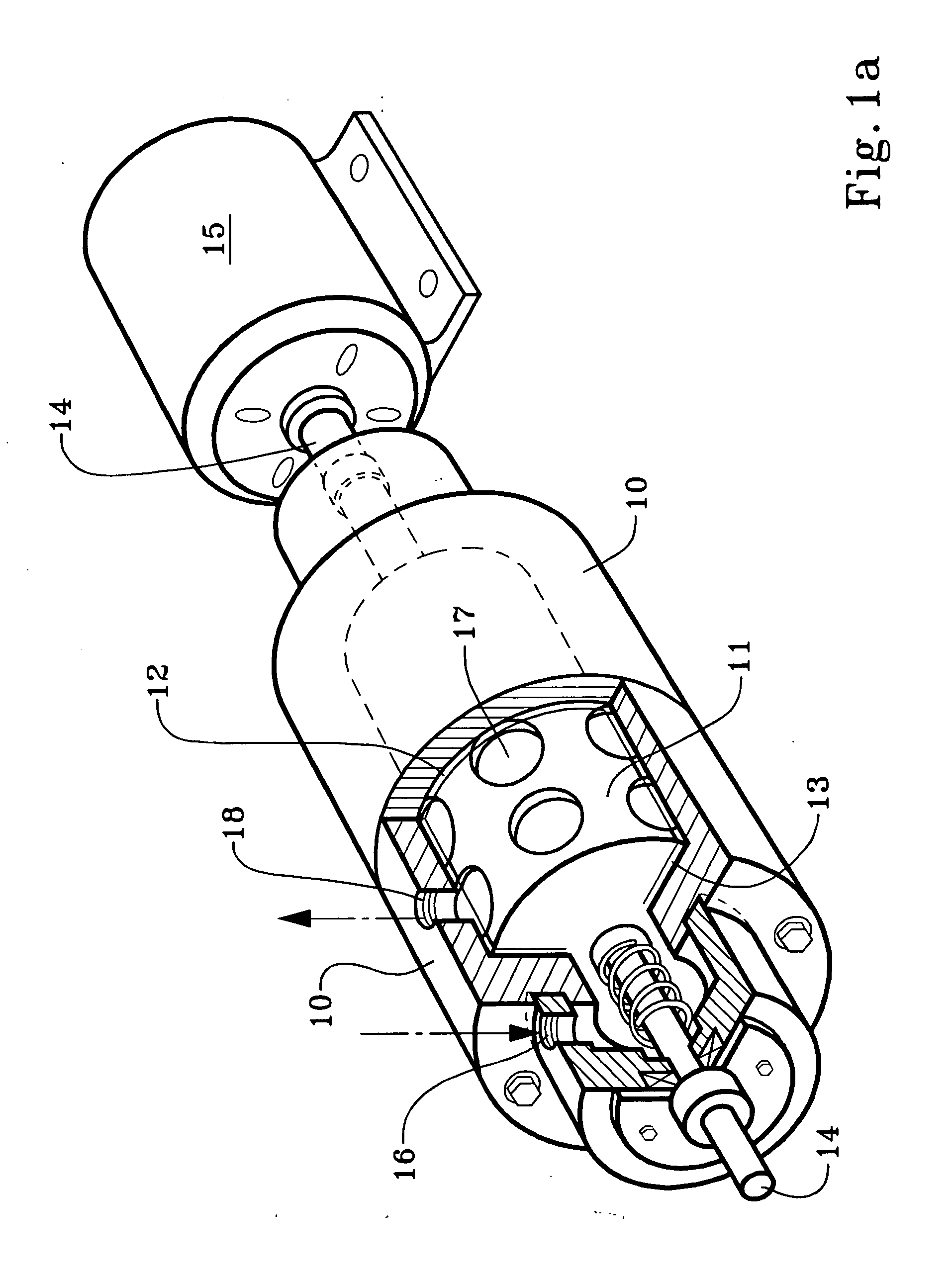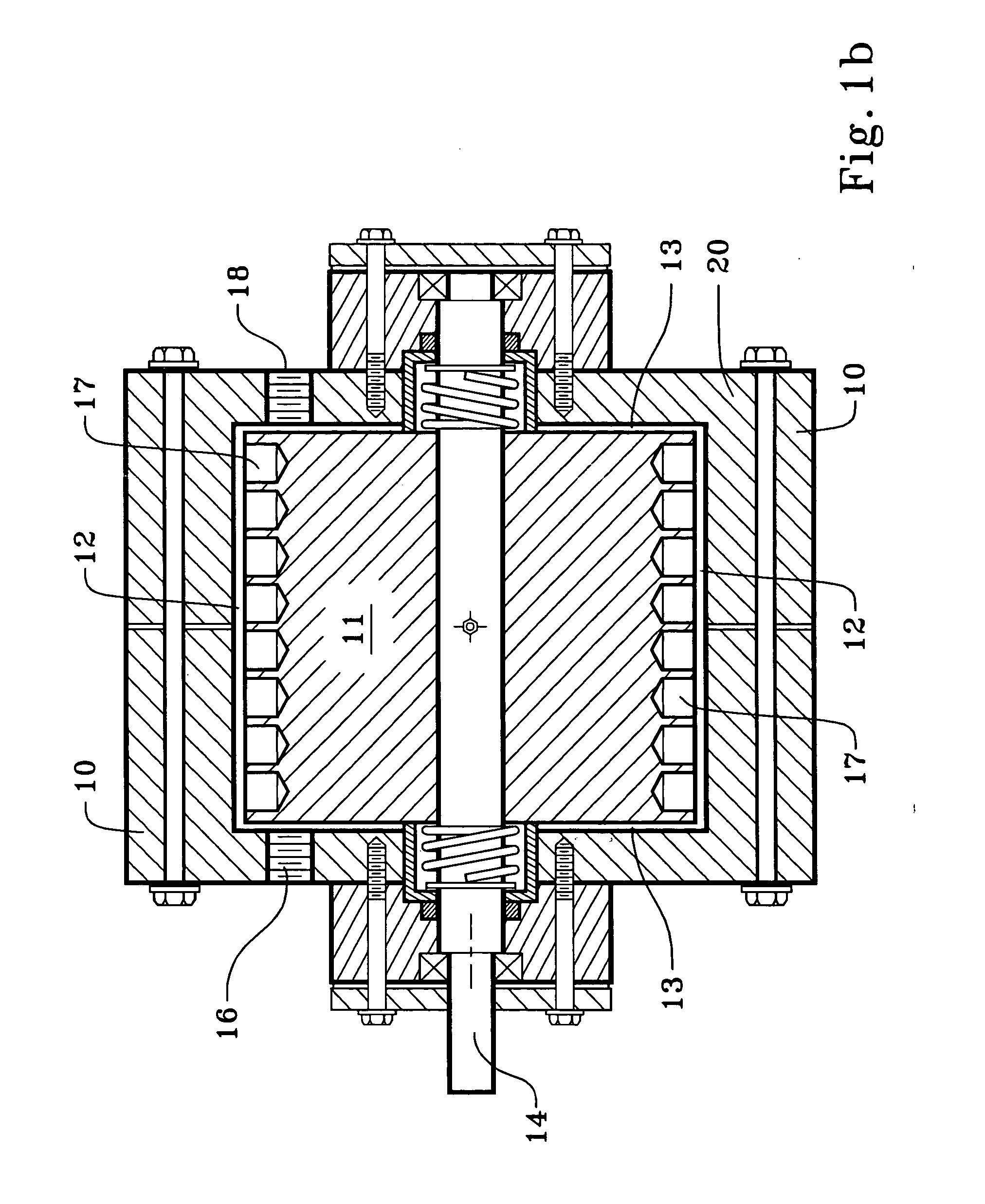Conserving components of fluids
a technology of fluids and components, applied in the direction of filtration separation, separation process, borehole/well accessories, etc., to achieve the effect of greater control
- Summary
- Abstract
- Description
- Claims
- Application Information
AI Technical Summary
Benefits of technology
Problems solved by technology
Method used
Image
Examples
example
Oil Mud Emulsion
[0035] Using a 15″ by 2″ cavitation device, ten gallons of oil mud emulsion were treated to remove water. Initially the oil mud emulsion contained 18% water by volume, the balance being oil and solids typical of an oil well mud. The oil mud emulsion was sent through the cavitation device operating at 3600 RPM and recycled through the tank, which rapidly increased the temperature of the oil mud emulsion from room temperature to 240° F. Once that temperature was reached, the RPM of the cavitation device was controlled automatically in order to maintain an outlet temperature 240° F. At equilibrium, while recirculating the material and continuing to recycle through the tank, the speed was maintained at 1700 RPM, requiring about 13.5 HP. At 15 minutes, the material contained 13% water; at 30 minutes, it contained 10% water, and at 45 minutes the water was reduced to 5% by volume. Essentially none of the oil was evaporated
[0036] Thus our invention is seen to include a me...
PUM
| Property | Measurement | Unit |
|---|---|---|
| Fraction | aaaaa | aaaaa |
| Fraction | aaaaa | aaaaa |
| Fraction | aaaaa | aaaaa |
Abstract
Description
Claims
Application Information
 Login to View More
Login to View More - R&D
- Intellectual Property
- Life Sciences
- Materials
- Tech Scout
- Unparalleled Data Quality
- Higher Quality Content
- 60% Fewer Hallucinations
Browse by: Latest US Patents, China's latest patents, Technical Efficacy Thesaurus, Application Domain, Technology Topic, Popular Technical Reports.
© 2025 PatSnap. All rights reserved.Legal|Privacy policy|Modern Slavery Act Transparency Statement|Sitemap|About US| Contact US: help@patsnap.com



